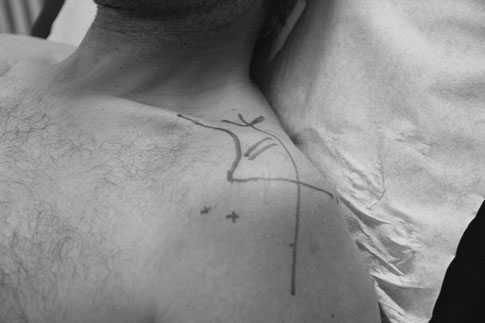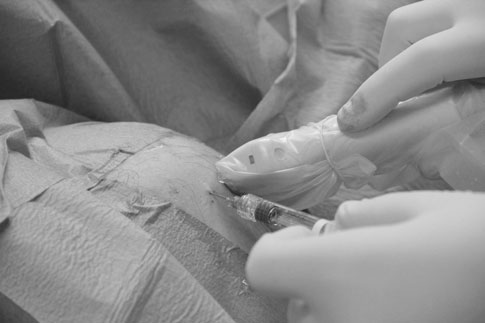Microsoft word - newsletter no2 2012 draft 20120411mc.doc
prepared in collaboration with the WHO Collaborating Centre for International Drug Monitoring, The aim of the Newsletter is to disseminate information on the safety and efficacy of pharmaceutical products, The WHO Pharmaceuticals Newsletter provides you with the latest information on the safety of medicines and based on communications received


